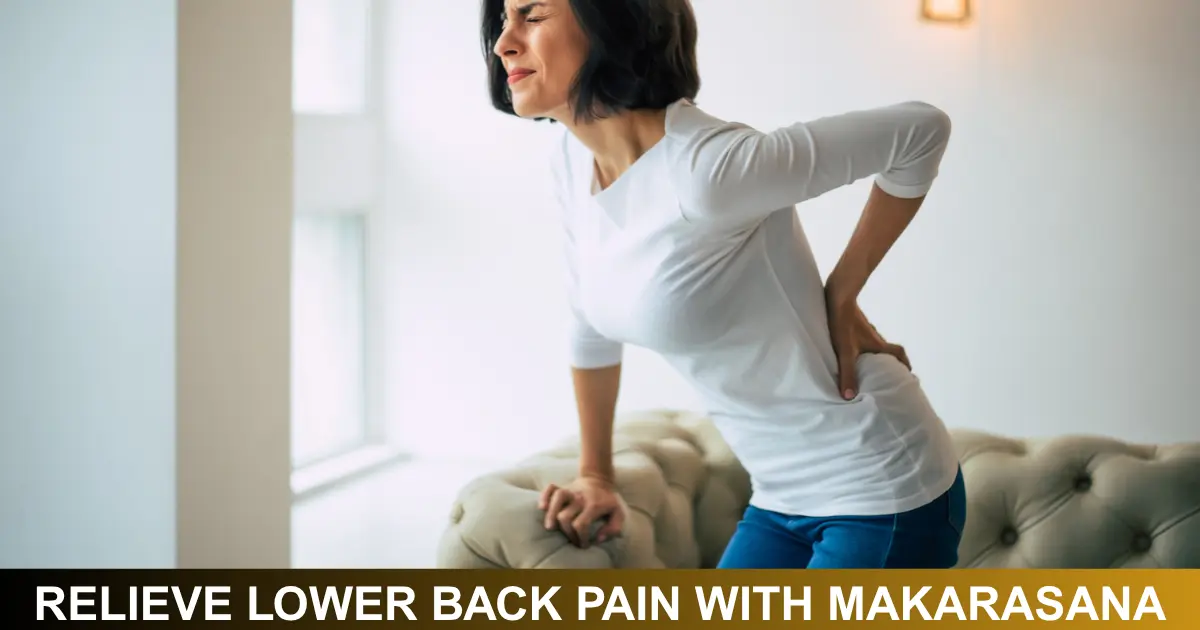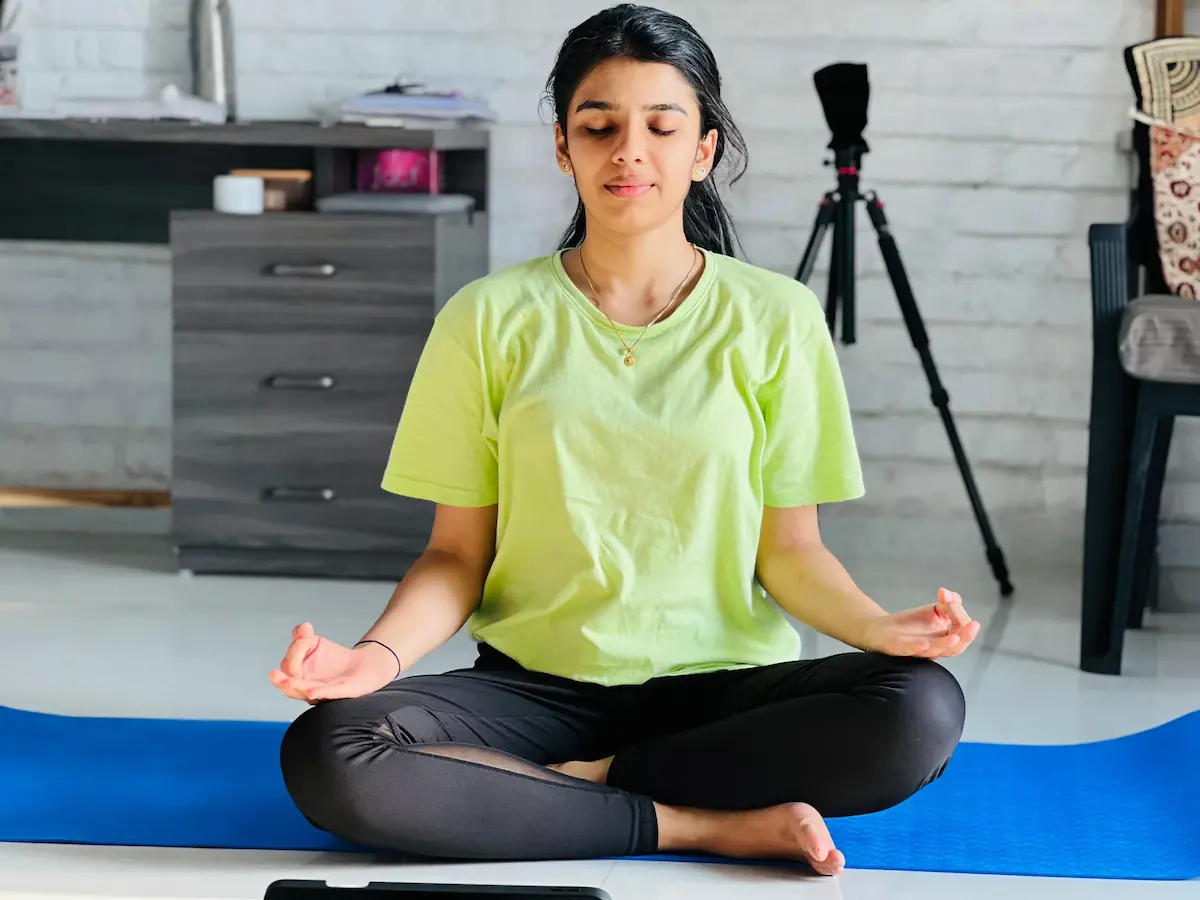Consistent practice of Makarasana, or Crocodile Pose, strengthens and relaxes the lower back muscles, improves posture, and offers lasting relief from lower back pain.
What Is Makarasana (Crocodile Pose)?
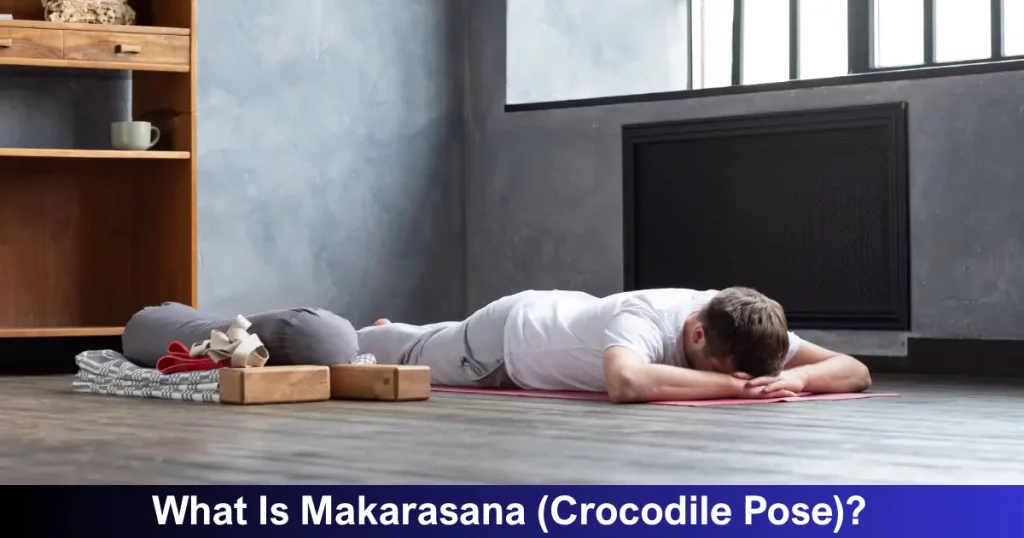
Makarasana, known as the Crocodile Pose, is a restorative yoga posture designed to alleviate tension and discomfort in the lumbar region. By gently lifting the chest and shoulders while resting on the forearms, you create a therapeutic stretch that strengthens the muscles supporting the spine and promotes relaxation.
Key Benefits of Makarasana for Lower Back Pain
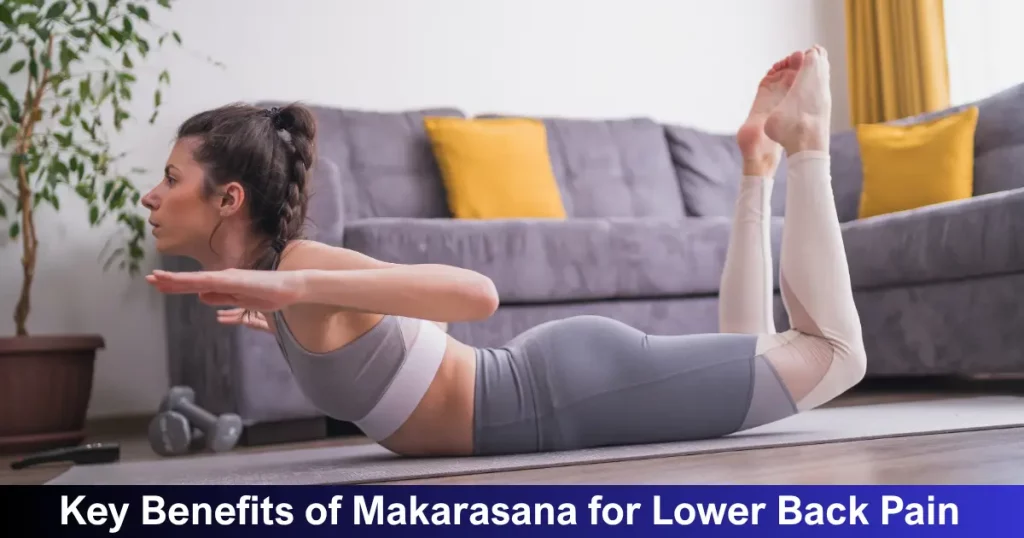
Makarasana delivers multiple benefits for lower back health:
- Strengthens Lower Back Muscles: Engaging the erector spinae and surrounding muscles enhances spinal support and reduces pain from weakness.
- Increases Flexibility: The gentle stretch loosens tight lower back and hip muscles, boosting overall mobility and reducing stiffness.
- Releases Tension and Stress: Focusing on deep, mindful breathing while in the pose calms the nervous system and dissolves muscular tension.
- Improves Blood Circulation: Elevation of the chest on the forearms enhances blood flow to the lumbar area, delivering nutrients and oxygen critical for healing.
- Enhances Posture: Strengthened back muscles and spinal traction help correct alignment, preventing slouching and undue strain.
Step-by-Step Guide: How to Practice Makarasana
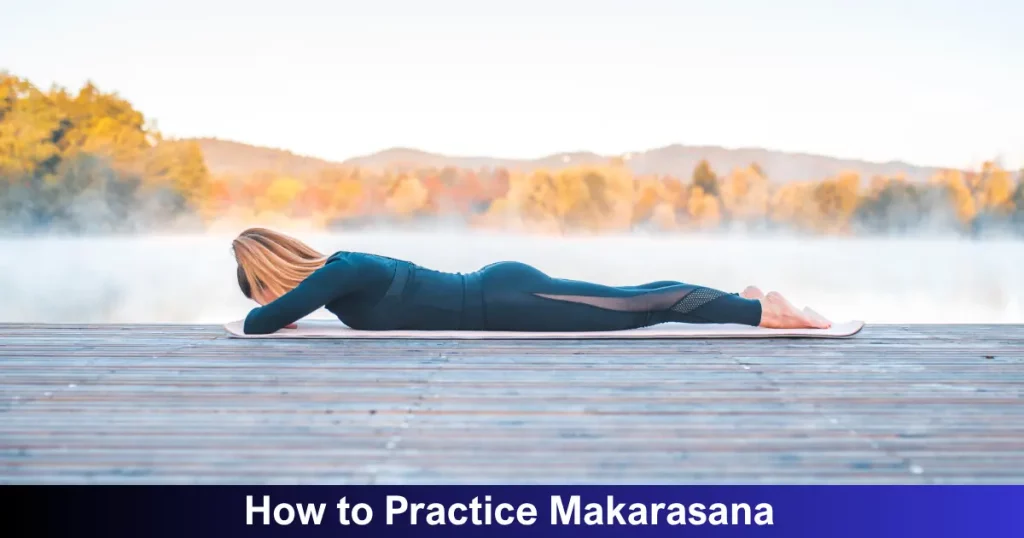
- Set Up: Lie face down on a yoga mat or soft surface, legs extended.
- Hand Position: Fold your hands beneath your forehead, resting your head comfortably.
- Leg Alignment: Spread legs hip-width apart, toes naturally splaying outward.
- Relax and Breathe: Inhale deeply; with each exhale, soften any tension in your lower back.
- Forearm Support: Bend your elbows, placing them shoulder-width apart, forearms flat on the mat.
- Lift Gently: On an inhale, slowly raise your head, chest, and shoulders, sliding elbows slightly forward. Keep your chin toward your chest to maintain a soft neck stretch.
- Weight Distribution: Distribute your weight evenly through elbows and forearms, avoiding excessive lumbar pressure.
- Hold and Breathe: Remain here for 1–2 minutes, maintaining deep, steady breaths and allowing your back muscles to relax.
- Release: Exhale to lower chest, shoulders, and head back onto your hands. Rest fully before moving on.
Precautions and Best Practices
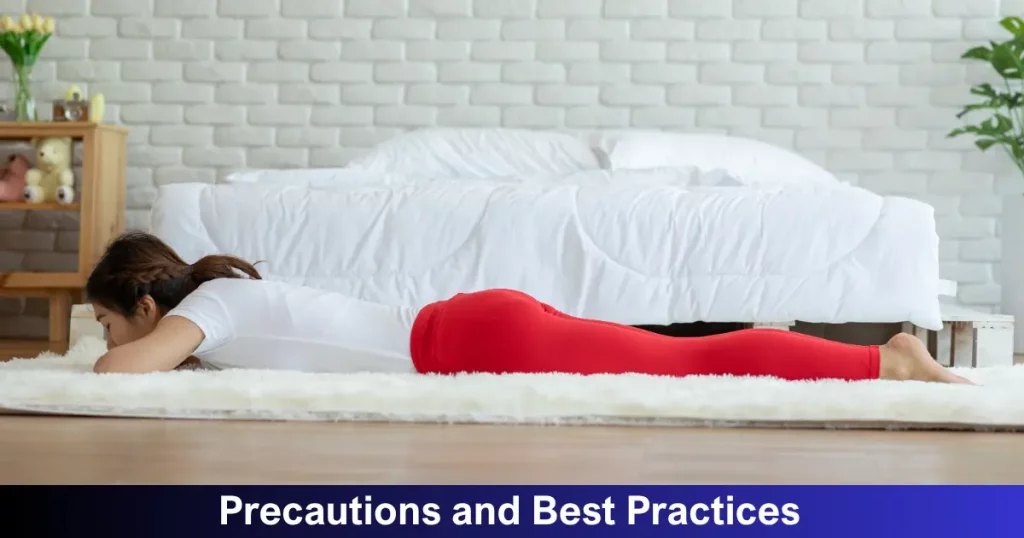
- Consult First: If you have acute or chronic back injuries, seek medical advice before attempting Makarasana.
- Honor Your Limits: Never push into pain. Modify the pose or use a folded blanket under forearms for added support.
- Build Consistency: Practice daily or every other day, gradually extending hold time as your comfort and strength increase.
- Combine with Complementary Poses: Follow Makarasana with gentle hip openers (e.g., Baddha Konasana) or supine twists to maintain balanced flexibility.
- Why Your Mind Wanders During Meditation
- Beginner Yoga Poses for Stress Relief
- Yoga vs Gym: Which is Better for Mental Health?
FAQs About Makarasana and Lower Back Pain
1. How often should I practice Makarasana for best results?
Aim for 4–5 sessions per week. Start with 1-minute holds and gradually increase to 2–3 minutes as strength and comfort improve.
2. Can beginners try Crocodile Pose without prior yoga experience?
Yes. Makarasana is accessible for most beginners. Use a folded blanket under your forearms if you need extra support and focus on gentle breathing.
3. Will Makarasana help if I have a herniated disc?
Makarasana can relieve mild back pain but may be unsuitable for severe disc issues. Consult a healthcare professional before practicing.
4. Should I feel a stretch in my lower back or neck?
A gentle stretch in both regions is normal. Discontinue if you experience sharp pain; adjust elbow position or lower your lift.
5. What can I combine with Crocodile Pose for enhanced relief?
Pair Makarasana with Cat–Cow stretches, Child’s Pose (Balasana), or Supine Spinal Twist to mobilize the entire spine and hips.
6. How soon will I notice relief from lower back discomfort?
Some practitioners feel relief after the first session, while others may need 1–2 weeks of consistent practice to experience lasting benefits.
